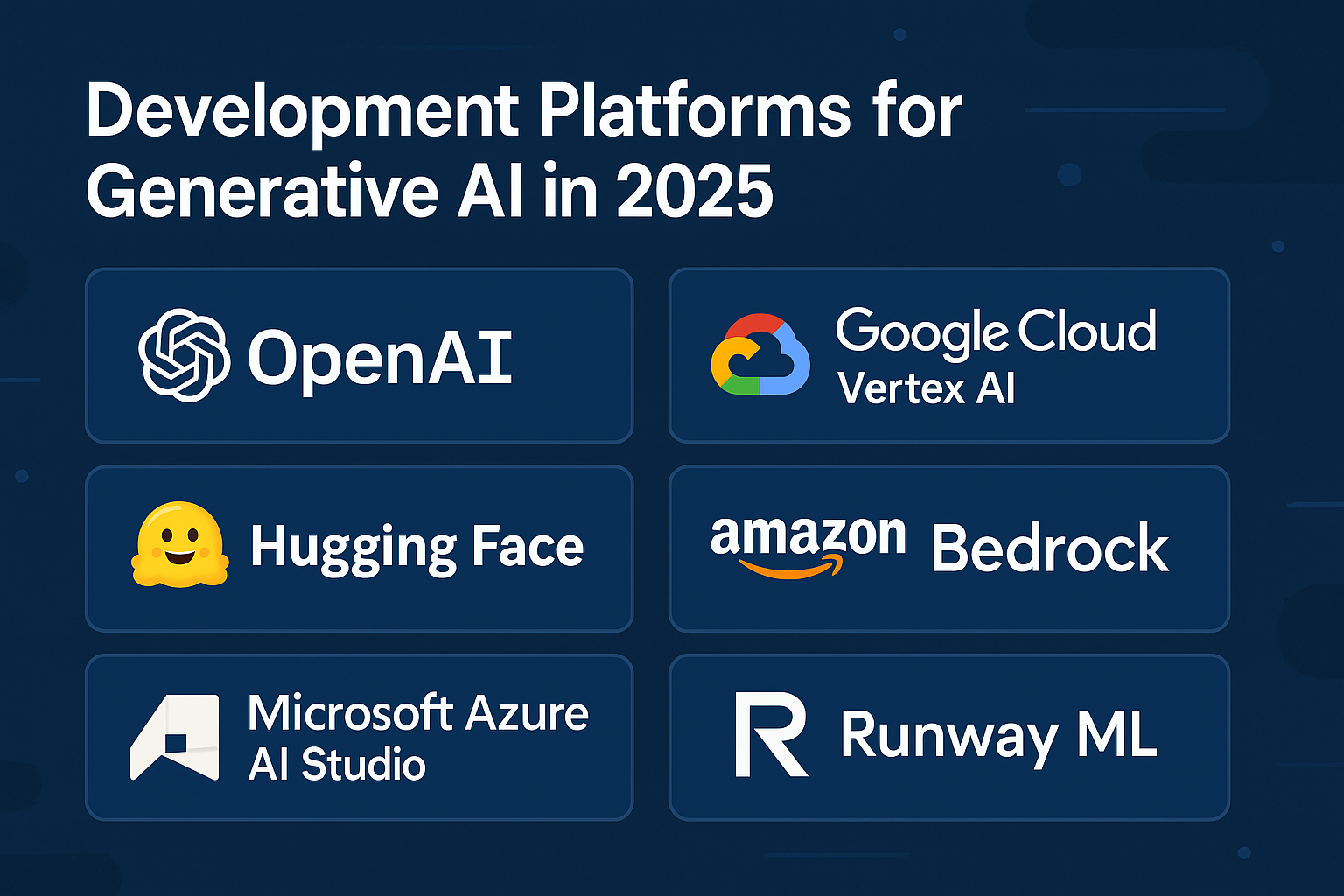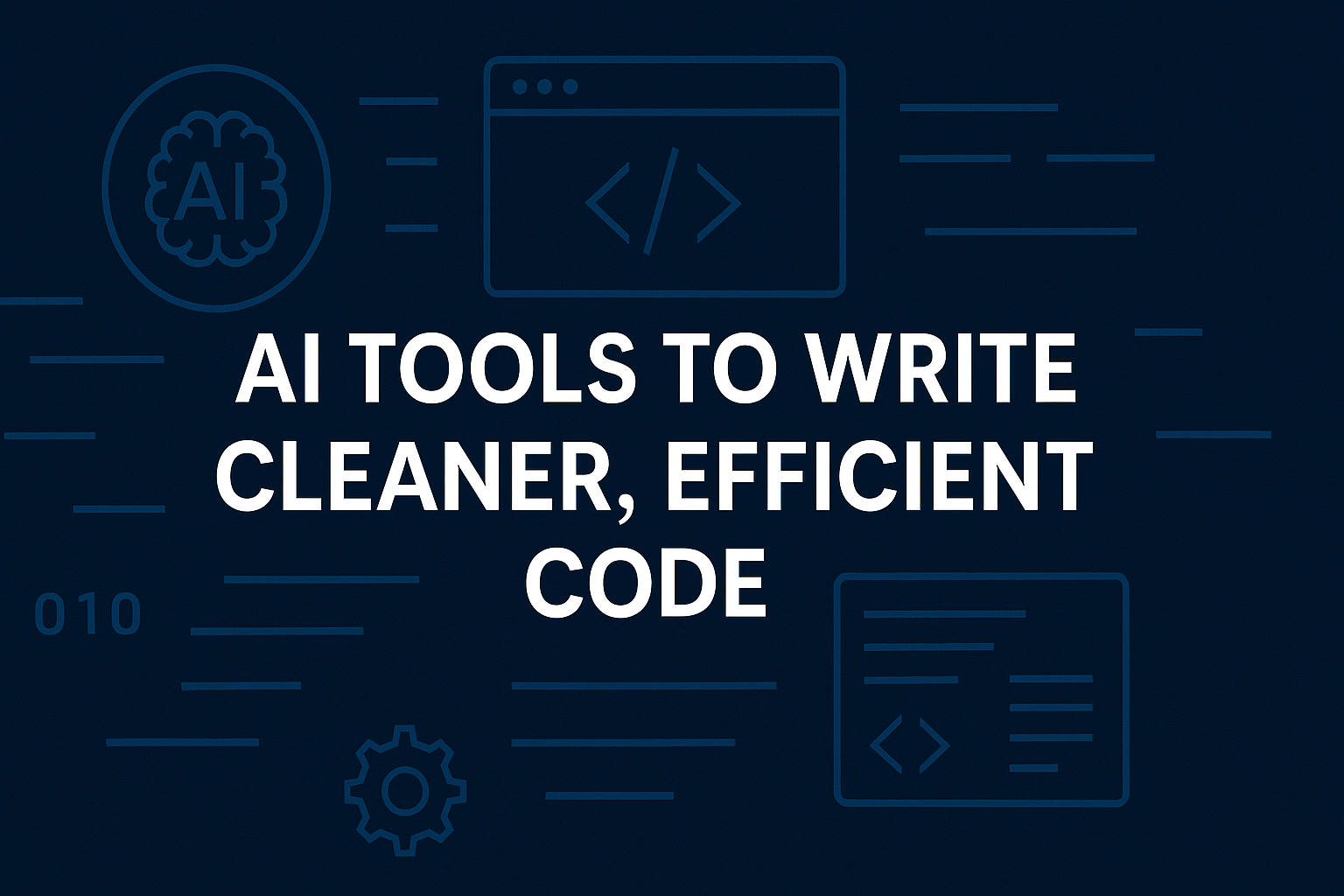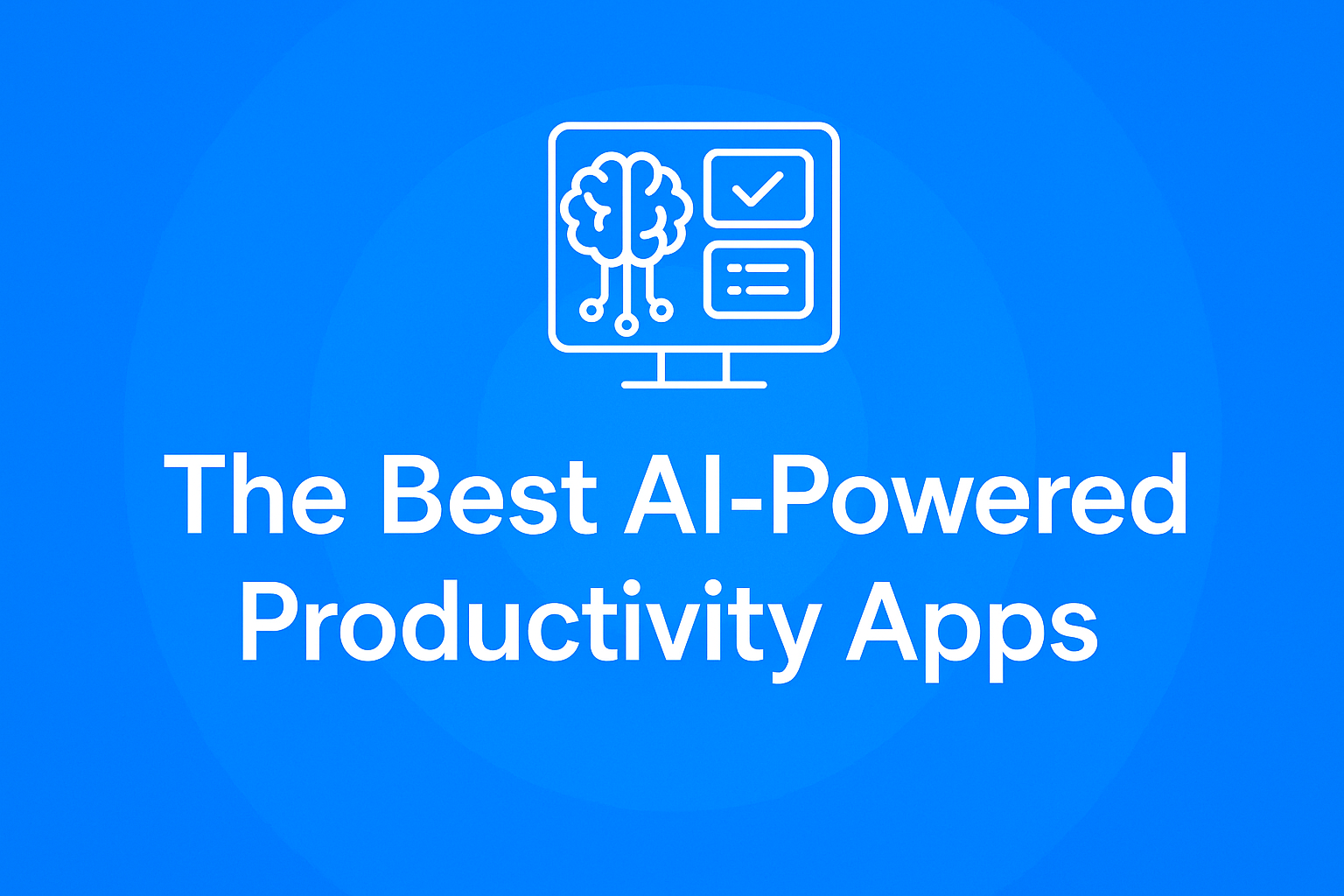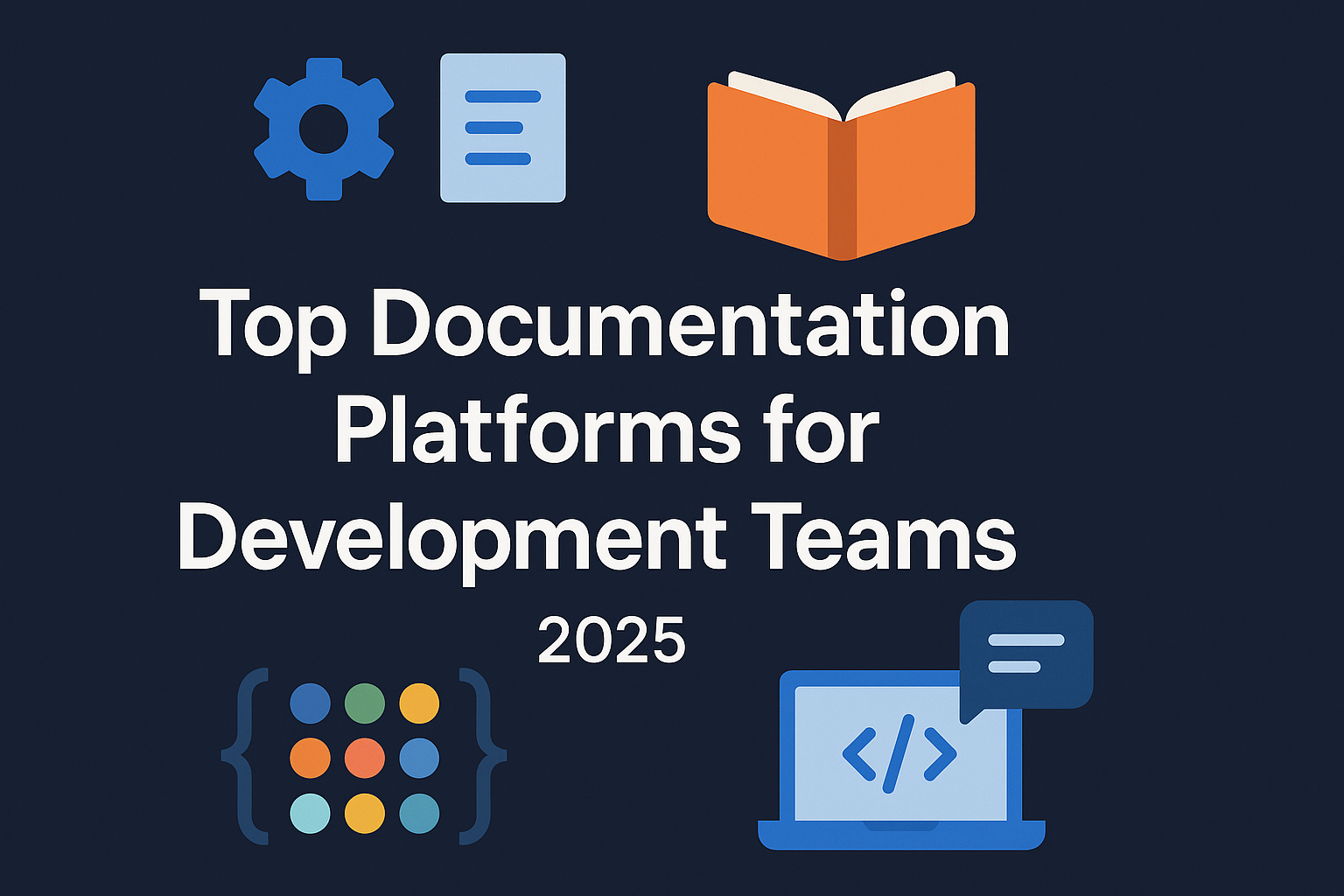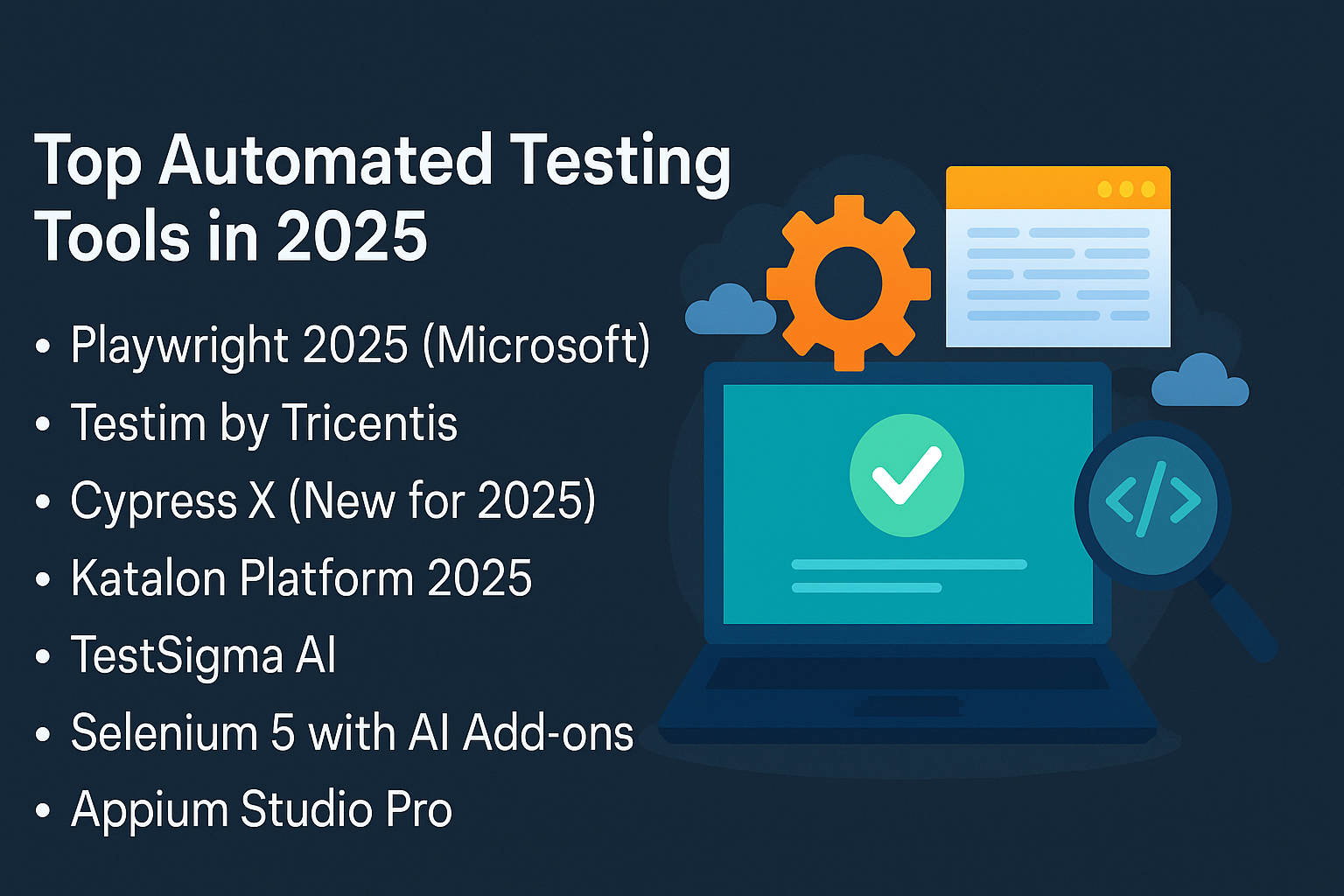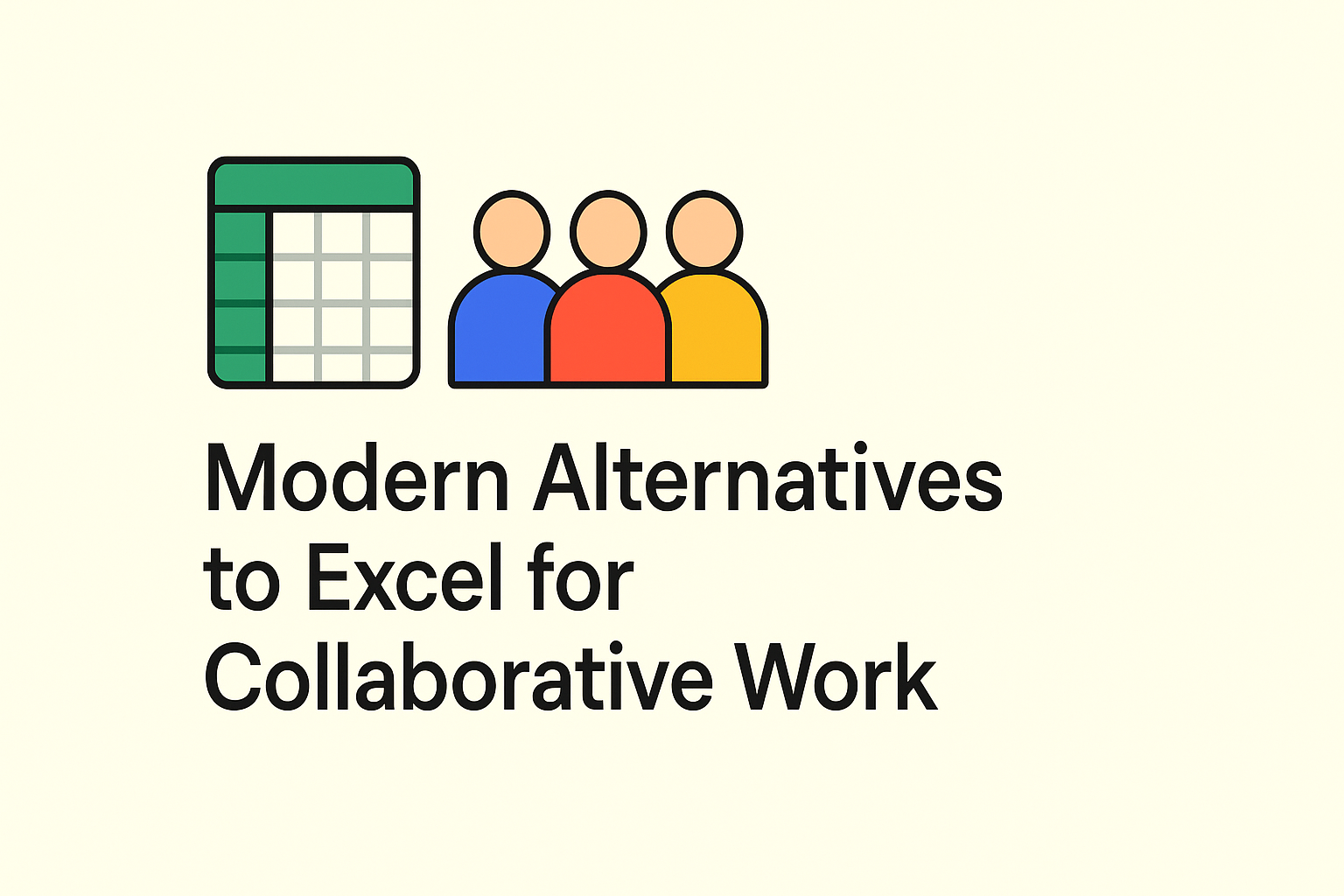
Microsoft Excel has long been the gold standard for spreadsheets and data analysis. However, in today’s fast-paced, interconnected work environments, Excel often falls short when it comes to real-time collaboration, cloud accessibility, and integration with modern tools. As remote and hybrid workforces grow, many professionals and businesses are turning to modern Excel alternatives that offer cloud-based features, automation, and more intuitive interfaces.
In this article, we’ll explore the top alternatives to Excel for teams who value collaborative workflows, along with their strengths, weaknesses, and ideal use cases.
Why Look Beyond Excel?
While Excel is still incredibly powerful, especially for advanced data manipulation and financial modeling, it wasn’t built with modern collaboration in mind. Some limitations include:
- No native real-time multi-user editing in desktop versions
- Complicated version control
- Limited integration with other SaaS platforms
- Complex learning curve for non-technical users
- Lacks built-in templates for many common workflows
As organizations shift to more agile and collaborative work styles, new tools have emerged to fill the gaps left by Excel.
1. Google Sheets: The Familiar Cloud-Based Spreadsheet
Overview
Google Sheets is often the first alternative that comes to mind. It brings the familiar spreadsheet interface of Excel to the cloud and enables real-time collaboration with full version history and integrations.
Best Features
- Real-time collaboration with multiple users
- Cloud-based access from any device
- Integration with Google Workspace, Zapier, Slack, and more
- Add-ons and script editor for automation
- Commenting, suggestions, and chat built-in
Ideal Use Case
Small to mid-sized teams that want a free, cloud-based spreadsheet tool with basic automation and collaboration features.
Downsides
- Slower performance with very large datasets
- Limited to Google’s ecosystem unless connected via APIs
2. Airtable: The Hybrid Between Spreadsheet and Database
Overview
Airtable blends the simplicity of spreadsheets with the power of databases. It allows teams to organize work visually using kanban boards, calendars, galleries, and more — all built from spreadsheet-like tables.
Best Features
- Visual views (grid, kanban, calendar, Gantt)
- Custom fields for text, attachments, dropdowns, and links
- Powerful filtering, sorting, and grouping
- Automations and integrations (Slack, Gmail, Zapier, etc.)
- API and scripting for advanced workflows
Ideal Use Case
Project managers, content creators, marketers, and product teams who need more structure and flexibility than traditional spreadsheets.
Downsides
- May be overkill for simple spreadsheet tasks
- Limited free tier (records and attachments)
3. Notion: A Connected Workspace with Tables
Overview
While Notion is not a spreadsheet tool per se, its “database” blocks act like simplified spreadsheets, offering powerful collaboration, task tracking, and document organization in one space.
Best Features
- Embeds databases, notes, wikis, and task boards in one app
- Highly customizable tables and views
- Real-time collaboration and comments
- Integration with Slack, GitHub, Figma, and more
- AI and automation capabilities in paid tiers
Ideal Use Case
Startups, agencies, and knowledge-based teams that want to combine content, data, and collaboration in a single platform.
Downsides
- Not ideal for number-crunching or complex formulas
- Limited spreadsheet functionalities
4. Coda: Documents That Act Like Apps
Overview
Coda reimagines spreadsheets and documents into a flexible platform where users can build interactive docs, dashboards, and mini-apps.
Best Features
- Tables that act like databases
- Integration of text, data, buttons, charts, and more
- Formula language more powerful and intuitive than Excel
- Automations (emails, notifications, conditional logic)
- Packs (integrations) for tools like Gmail, Slack, Jira, etc.
Ideal Use Case
Teams who want to go beyond spreadsheets to build customized workflows without writing code.
Downsides
- Learning curve for new users
- Free plan has limited automation and packs
5. Smartsheet: Excel on Steroids for Project Management
Overview
Smartsheet combines traditional spreadsheet functionality with robust project management and team collaboration features, making it ideal for enterprise use.
Best Features
- Spreadsheet interface with project templates
- Built-in Gantt charts, timelines, and calendars
- Role-based sharing and permissions
- Workflow automation and reporting tools
- Enterprise-grade security and compliance
Ideal Use Case
Large organizations that need to manage complex projects with tight deadlines, approvals, and interdepartmental collaboration.
Downsides
- Price point may be too high for smaller teams
- Can feel overwhelming for non-project users
6. Quip: Spreadsheets + Chat + Docs
Overview
Owned by Salesforce, Quip merges spreadsheets, documents, and team chat into one interface. It’s designed to keep all discussions and data in one place.
Best Features
- Real-time collaborative editing
- Inline chat and comments
- Mobile-friendly design
- Integrates well with Salesforce ecosystem
- Supports spreadsheets, lists, and documents in a single workspace
Ideal Use Case
Sales and customer success teams that already use Salesforce and need contextual collaboration.
Downsides
- Not a great fit outside of the Salesforce environment
- Lacks deep formula and data analysis tools
Comparison Table
| Tool | Real-Time Collab | Project Views | Automation | Best For |
| Google Sheets | ✅ Yes | ❌ No | ⚠️ Basic | General teams, cloud spreadsheets |
| Airtable | ✅ Yes | ✅ Yes | ✅ Yes | Creative, project-based teams |
| Notion | ✅ Yes | ✅ Yes | ⚠️ Limited | Content-driven or remote teams |
| Coda | ✅ Yes | ✅ Yes | ✅ Yes | Workflow builders and managers |
| Smartsheet | ✅ Yes | ✅ Yes | ✅ Yes | Enterprise project managers |
| Quip | ✅ Yes | ❌ No | ⚠️ Basic | Sales-focused collaboration |
Which Tool Is Right for You?
Choosing the best alternative to Excel depends on your specific needs:
- For basic spreadsheet collaboration → Google Sheets
- For visual project management → Airtable or Smartsheet
- For content and team knowledge sharing → Notion
- For customized workflows → Coda
- For enterprise or Salesforce teams → Quip
Final Thoughts
Excel is no longer the only option for handling data and collaborative workflows. With so many modern alternatives available, teams can find tools that not only replicate spreadsheet functions but also enhance productivity, collaboration, and workflow automation.
As work becomes more digital and decentralized, it’s time to evaluate whether Excel still fits your team — or if a smarter, more collaborative tool can take your processes to the next level.

